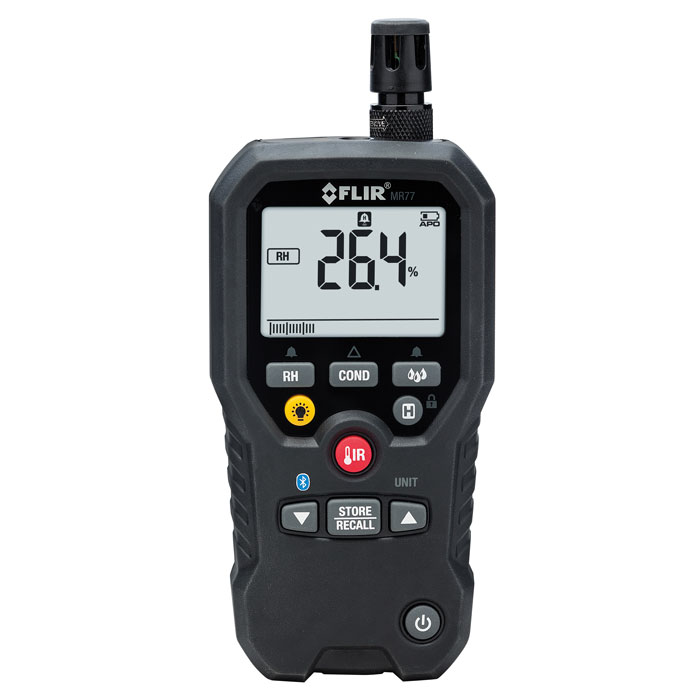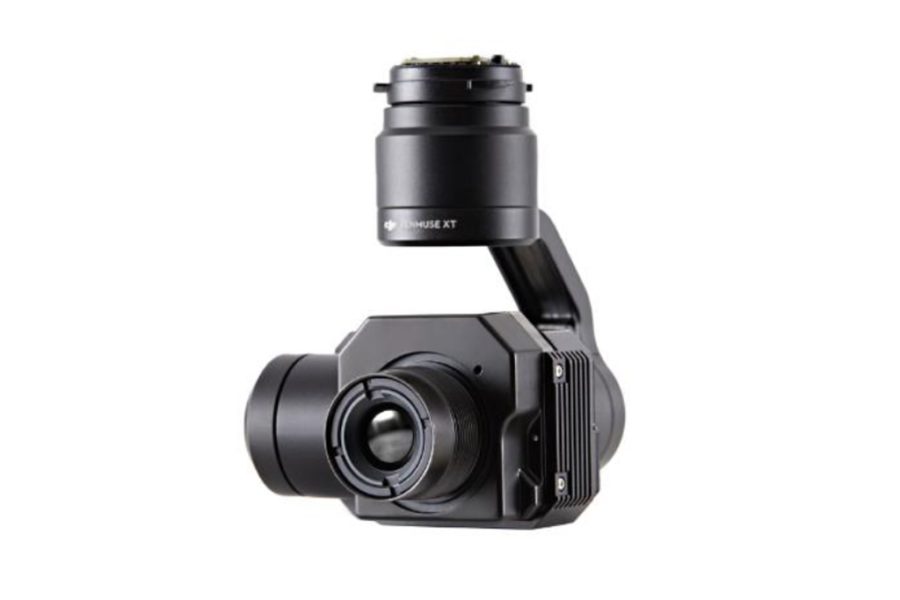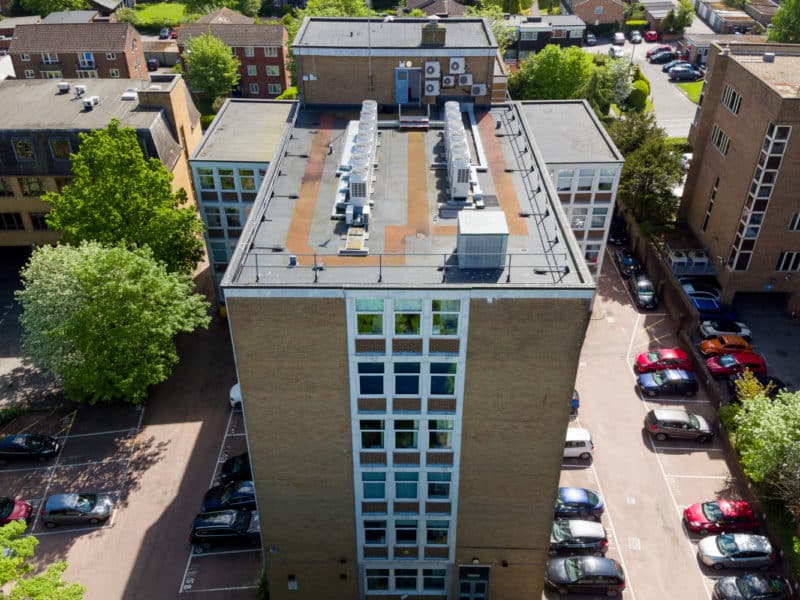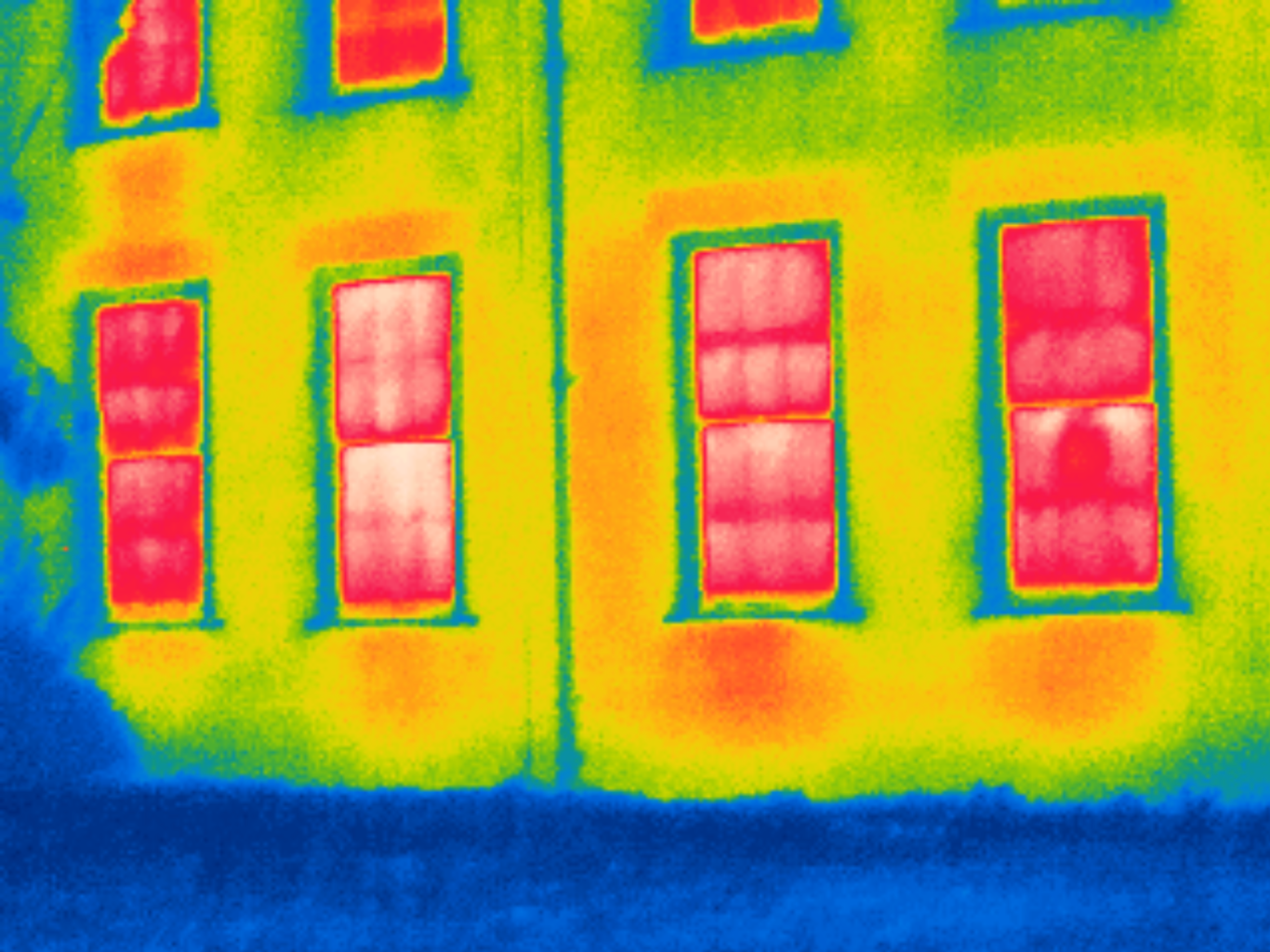
What the ‘Dew Point’ means in building thermography
What the ‘Dew Point’ means and how is it used in building thermography surveys

Introduction to Dew Point
What is Dew Point?
The dew point is a crucial concept in meteorology and building sciences, indicating the temperature at which air becomes saturated with moisture, leading to condensation and dew formation. In simpler terms, it’s the temperature at which the air can no longer hold all the water vapor it contains, resulting in the formation of dew or fog.
Understanding Dew Point
Definition and Concept
The dew point is influenced by various factors, with the most significant ones being air temperature, relative humidity, and atmospheric pressure. Air temperature plays a crucial role as higher temperatures enable the air to hold more moisture. When the air temperature decreases, it reaches a point where it can no longer hold all the moisture present in it, leading to condensation and the formation of dew. Relative humidity also plays a significant role in determining the dew point. The higher the relative humidity, the closer the air is to saturation, making it more likely for dew to form. Lastly, atmospheric pressure affects the dew point as changes in pressure can cause shifts in temperature and humidity levels, ultimately impacting the point at which dew forms.
Measurement and Calculation
Methods of Measuring Dew Point

Dew Point Calculation Formulas
Dew point can be determined using mathematical formulas that rely on temperature and relative humidity. Scientists and meteorologists often employ two commonly used formulas: the Magnus-Tetens formula and the Arden Buck equation. The Magnus-Tetens formula, developed by Gustav Magnus and Max Tetens, provides an approximation of the dew point temperature by utilising the ambient air temperature and the relative humidity. On the other hand, the Arden Buck equation, named after Arden L. Buck, calculates the dew point temperature using the natural logarithm of the relative humidity and the air temperature. These formulas serve as valuable tools in meteorology, aiding in the understanding of atmospheric moisture and its impact on weather conditions.
Role of Dew Point in Building Thermography
Impact on Building Materials
Understanding the dew point is crucial for assessing the risk of moisture damage to building materials. When the dew point is reached within a wall or roof assembly, condensation can occur, leading to decay, corrosion, and structural integrity issues. Moisture that accumulates within building materials can promote the growth of mold and fungi, resulting in health hazards for occupants. By understanding the dew point and implementing proper building design, insulation, and ventilation strategies, the risk of moisture damage can be minimised, ensuring the longevity and safety of the building.
Detection of Moisture and Mold
Detection of moisture and mold, the dew point plays a crucial role in identifying and addressing issues related to moisture infiltration and mold growth within buildings. Thermography surveys, which utilise infrared imaging, are particularly effective in this regard. By highlighting areas of high humidity and potential moisture problems, thermography surveys enable building owners and professionals to take proactive measures to prevent further moisture infiltration and mold growth. This helps to ensure a safe and healthy indoor environment while also preventing potential structural damage and costly repairs. By utilising advanced technology, such as infrared imaging, we can detect and address moisture-related issues in buildings before they become severe problems.
Conducting Thermography Surveys
Equipment and Preparation

Data Interpretation
Interpreting thermography survey data is a key task that entails identifying temperature anomalies that may indicate potential moisture intrusion in various structures. Trained professionals carefully analyse the thermographic images to assess the severity of moisture-related issues and determine the most suitable remediation measures. By identifying temperature anomalies, these experts can pinpoint areas that are likely affected by moisture intrusion, such as leaky roofs, faulty insulation, or water seepage. This data interpretation process enables professionals to provide accurate assessments of moisture issues and offer informed recommendations for appropriate remediation actions, ensuring effective mitigation of moisture-related problems.
Building Surveys using Thermography
We are experienced and certified level 2 category thermographers. We work boith from the air using specialist thermal drone technology as well as on the ground using traditional building thermal imaging techiques to inspect commericla and domestic properties.
Thermography is a non-destructive and non-invasive technology looking at the anomolies, faults and observations covering moisture, water ingress, insulation continuity, heat loss, air leakage, thermal bridging and insect infiltration.
Benefits and Applications
Preventive Maintenance
Preventive maintenance is important for building owners to ensure the longevity and structural integrity of their properties. By utilising thermography surveys based on dew point analysis, moisture problems can be identified early on. This proactive approach allows building owners to implement preventive maintenance strategies to mitigate any potential damage caused by moisture and extend the lifespan of their structures. By addressing moisture issues promptly, such as leaks or condensation, building owners can prevent further deterioration of the building materials, such as mold growth or structural damage. Ultimately, this investment in preventive maintenance not only preserves the physical condition of the building but also saves costs in the long run by avoiding extensive repairs or replacements.
Energy Efficiency
Maintaining optimal indoor humidity levels based on dew point analysis can improve energy efficiency by reducing the need for heating and cooling. Proper insulation and ventilation strategies can help minimise energy losses due to moisture infiltration. Understanding the dew point and its implications for building thermography surveys is essential for maintaining the structural integrity, indoor air quality, and energy efficiency of buildings. By leveraging dew point analysis in conjunction with thermography surveys, building professionals can identify and address moisture issues proactively, ensuring the longevity and performance of built environments.
Frequently Asked Questions about the Dew Point
Common signs of moisture problems include musty odors, water stains, peeling paint, warped surfaces, and mold growth on walls or ceilings.
Yes, dew point analysis is beneficial for all types of buildings, including residential, commercial, and industrial structures, to assess moisture risks and ensure structural integrity.
Building thermography surveys should be conducted periodically, with the frequency depending on factors such as climate, building usage, and maintenance history.
Building owners can prevent moisture problems by implementing proper ventilation, insulation, and drainage systems to control indoor humidity levels and minimize condensation risk. Regular maintenance and prompt repairs are also essential in preventing moisture-related issues.
Yes, dew point analysis combined with thermography surveys can identify hidden moisture problems by detecting temperature differentials indicative of moisture infiltration.

Expert Infrared Inspections for Accurate Thermal Assessments
Need professional thermographic analysis for your project? Our certified experts use the latest infrared technology to deliver precise results. Contact Drone Media Imaging today for expert thermal imaging services.









